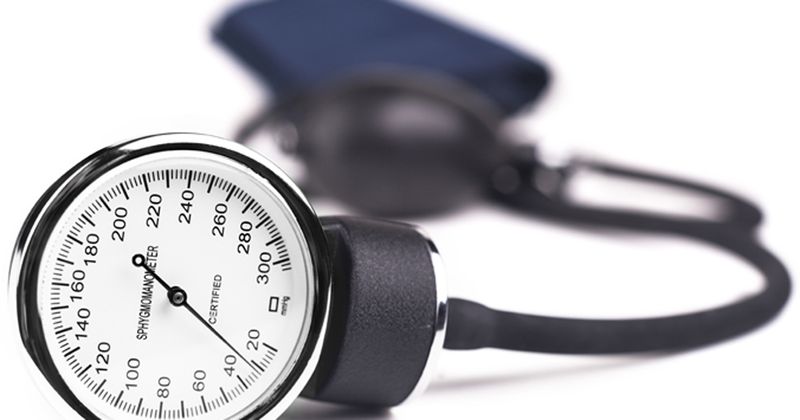Lower ambulatory hemodynamic pressure correlates with improved HF symptom burden
Lower mean diastolic pulmonary artery pressure was associated with improvements in HF symptoms among participants in the EMBRACE-HF trial, researchers reported.
According to a subanalysis published in Circulation: Heart Failure, the level of symptom improvement, as measured by the Kansas City Cardiomyopathy Questionnaire (KCCQ), correlated with the degree of diastolic pulmonary artery pressure lowering.

“Professional societies recommend that patients with HF undergo systematic monitoring to promptly recognize and treat changes in health status (symptoms, function and quality of life),” Michael E. Nassif, MD, cardiologist at Saint Luke’s Mid America Heart Institute in Kansas City, Missouri, and colleagues wrote. “Not only is a careful assessment of health status necessary for care, but it can also quantify the benefits of new therapies. A novel means of monitoring patients with severe HF is pulmonary artery pressure sensor (CardioMEMS, Abbott). To date, however, its direct correlation with patients’ health status, as quantified by the KCCQ, has not been well described.”
To evaluate the impact of ambulatory hemodynamic pressures on KCCQ score, researchers utilized data from the EMBRACE-HF trial.
In the EMBRACE-HF trial, researchers randomly assigned 65 patients with HF (mean age, 66 years; 63% men; 19% Black) for at least 16 weeks and diastolic pulmonary artery pressure of 12 mm Hg or more to empagliflozin (Jardiance, Boehringer Ingelheim/Eli Lilly) or placebo.
As Healio previously reported, diastolic pulmonary artery pressure from baseline to the end of the treatment period was lower in the empagliflozin group compared with the placebo group (P = .02).
In the present analysis, mean KCCQ score at baseline was 65.7.
In addition, 38% of patients experienced at least a 1 mm Hg decrease in diastolic pulmonary artery pressure, 34% had no change and 28% had an increase of at least 1 mm Hg during the study.
Researchers reported that, after adjustment for baseline KCCQ and diastolic pulmonary artery pressure, every 2 mm Hg decrease in pressure was associated with an improvement of 2.1 points in KCCQ score (95% CI, 0.19-3.97; P = .03).
Moreover, patients with a 2 mm Hg or more decrease in diastolic pulmonary artery pressure experienced larger improvement compared with participants with stable diastolic pulmonary artery pressure who had small improvement (mean, 11.4 vs. 2.1). Patients with a 2 mm Hg or greater increase in diastolic pulmonary artery pressure experienced worsening mean KCCQ score (–2.8).
“To our knowledge, this is the first evidence that directly correlates change in hemodynamic parameters with change in patients’ symptoms. Although the KCCQ has a 14-day recall period, we used 7-day average pulmonary artery diastolic pressure to provide a more current assessment of hemodynamic status in patients with more severe and labile HF,” the researchers wrote. “Nevertheless, prior experience with patient-reported outcomes in cardiovascular disease suggests that patients generally respond based on their most recent symptoms. In conclusion, short-term changes in ambulatory pulmonary artery diastolic pressure are significantly associated with changes in HF symptoms as measured by the KCCQ.”
